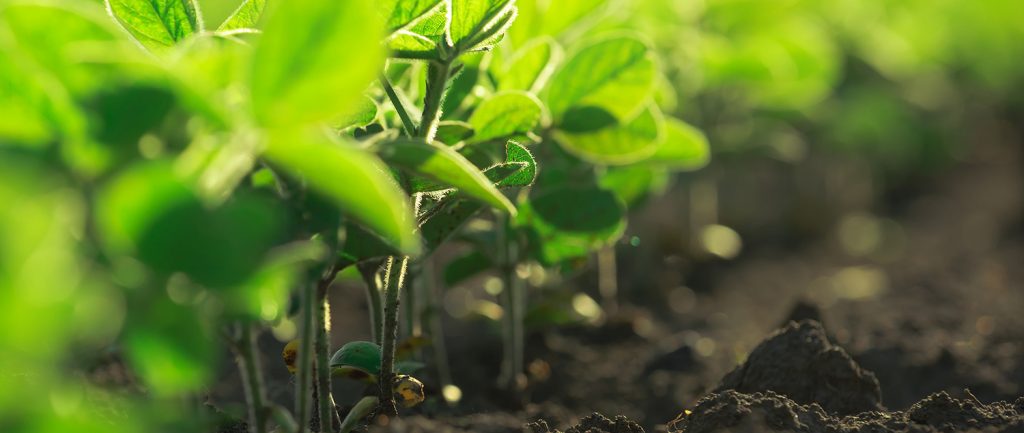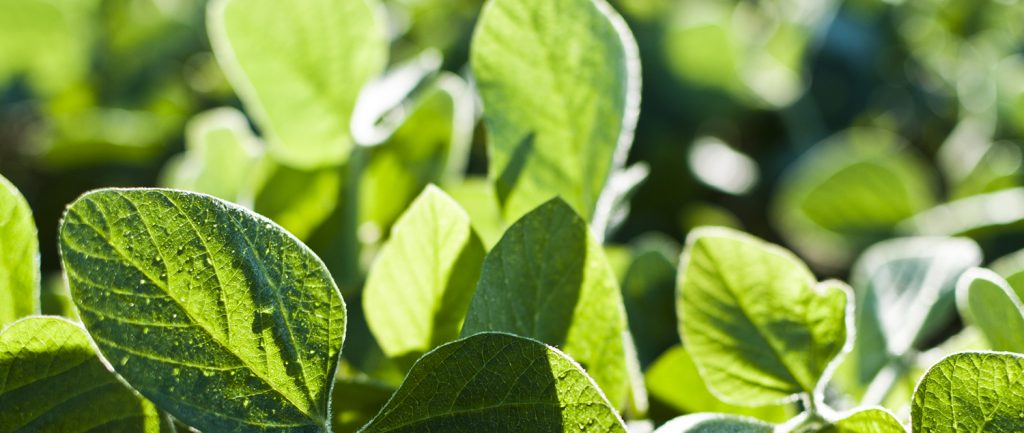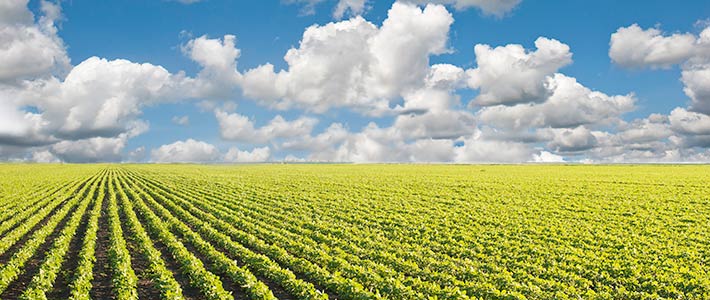This article was written by Minnesota Soybean Research & Promotion Council (MSR&PC) Director of Research David Kee and can be reached at 507-388-1635 or dkee@mnsoybean.com.
Last April we discussed the impact of water, more precisely how the changes in water will affect pesticide characteristics. In the blog, we specifically stated, “Results from on-going studies in the Upper Delta (Miss., Tenn. and Ark.) indicate low solution pH mixtures are related to incidents of volatility for newer dicamba products.” The results of this published paper hit the Science and Ag news last week (see links below).
In the original study (see link below), Mueller and Steckel, respected weed scientists with the University of Tennessee, examined the volatility of diglycolamine dicamba (DGA) in three combinations: DGA+VaporGuard (VG), DGA+VG+glyphosate (Gly) or DGA+Gly. VaporGuard is used to manage volatility loss, partially be modifying solution pH. Glyphosate would be added to DGA to increase application efficacy (kill more weeds).
The data was gathered over five temperature ranges (>35C {>86F), 25-30C {77-86F}, 20-25C {68-77F}, 15-20C {59-68F} or <15C {<59F}). Measurements from the humidomes (figure below) indicate, as expected, volatility increased with increasing temperature. Volatility also increased, sometimes dramatically, with the inclusion of glyphosate in the solution.

Figure 1. Dicamba measurements in 12-h intervals from within humidomes as affected by herbicide treatments and temperature grouping. Data shown represent mean ± standard error. Figure from Mueller, T., & Steckel, L. (n.d.). Dicamba volatility in humidomes as affected by temperature and herbicide treatment. Weed Technology, 1-6. doi:10.1017/wet.2019.36
The authors also reported solution pH (table below). As applied, the glyphosate solutions had lower pH compared to the DGA + VG solution. Glyphosate products are commonly formulated to be solution acidifiers because glyphosate is more effective when applied in an acid (pH is less than 7) solution.
Past research and experience have adequately demonstrated dicamba volatility increases with increased temperature at application. It has also been well documented that dicamba volatility increases as solution pH decreases (becomes more acidic). This known response of dicamba to solution pH is one of the reasons EPA so closely monitors the approved tank mix products list to use with dicamba for DT soybeans.
What does this mean to you? Know your water.
Your water may, or may not, be similar to that used in the study. Most water samples have similar characteristics, but few samples are identical. The addition of an acidifier, like many glyphosate products, will decrease solution pH; however, the amount of change is water dependent.
Solution waters, and their ability to resist (buffer) change with the addition of chemicals, can affect the performance of your pesticide input. Your inputs are not cheap. Work with your advisor team to determine how to manage your water to maximize the benefits and minimize the liabilities of these valuable inputs.
Another way to put it: you only have 10 toes, how many can you afford to shoot off?
More information can be found here:
Dicamba: High Temperatures Plus Glyphosate Increase Chances of Volatility
Science Daily: Research shows temperature, glyphosate increase probability for dicamba volatility
Dicamba volatility in humidomes as affected by temperature and herbicide treatment







